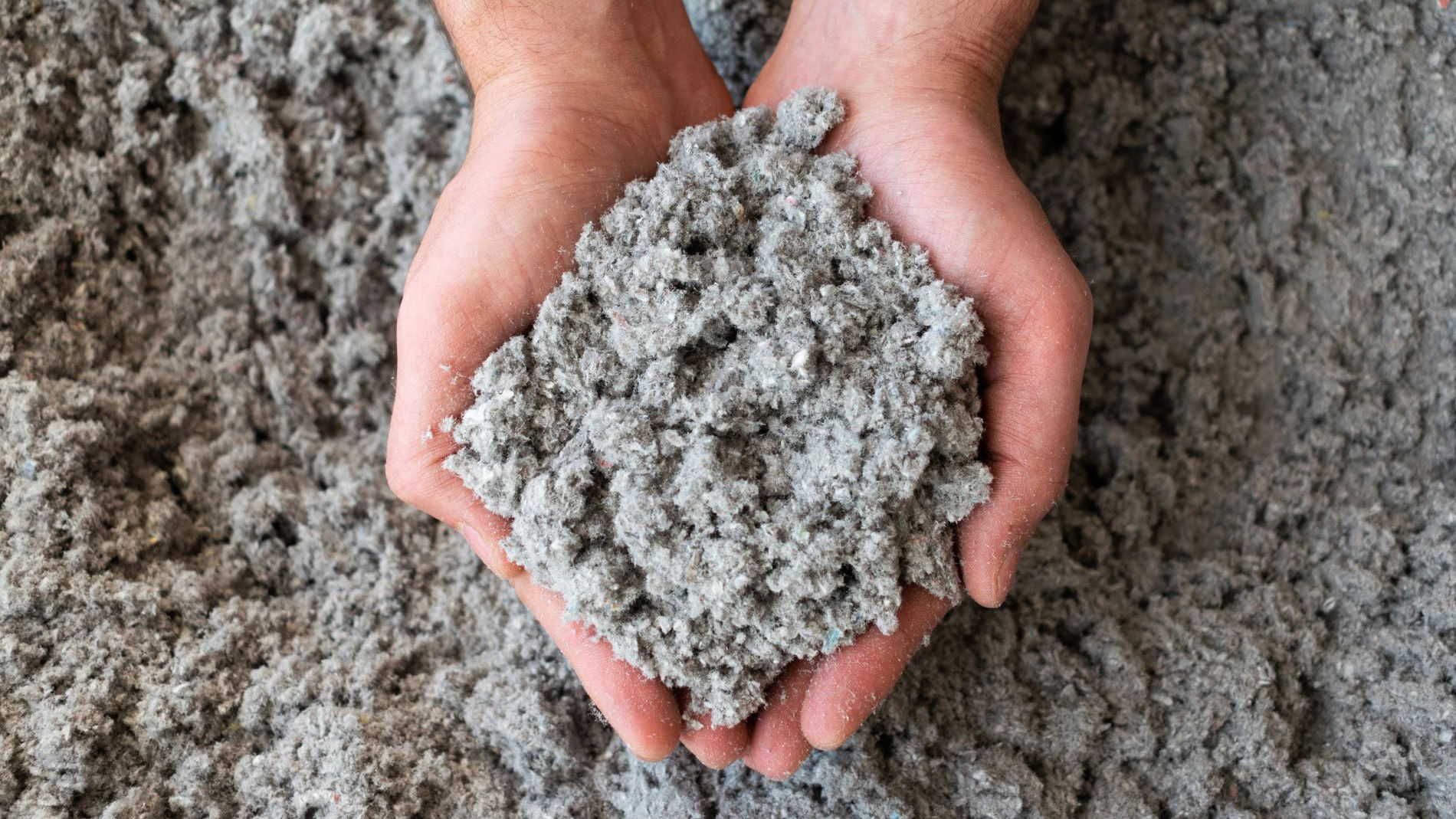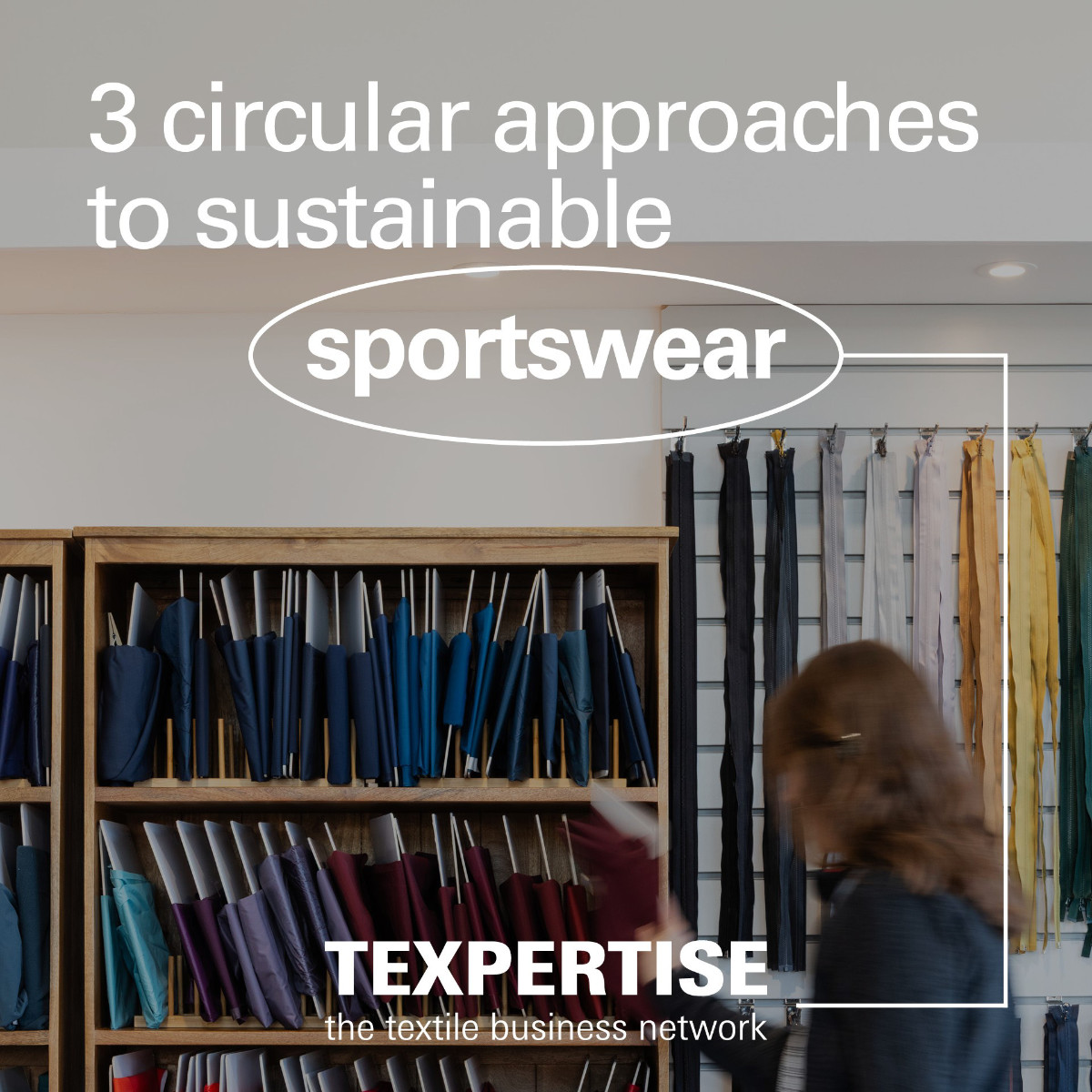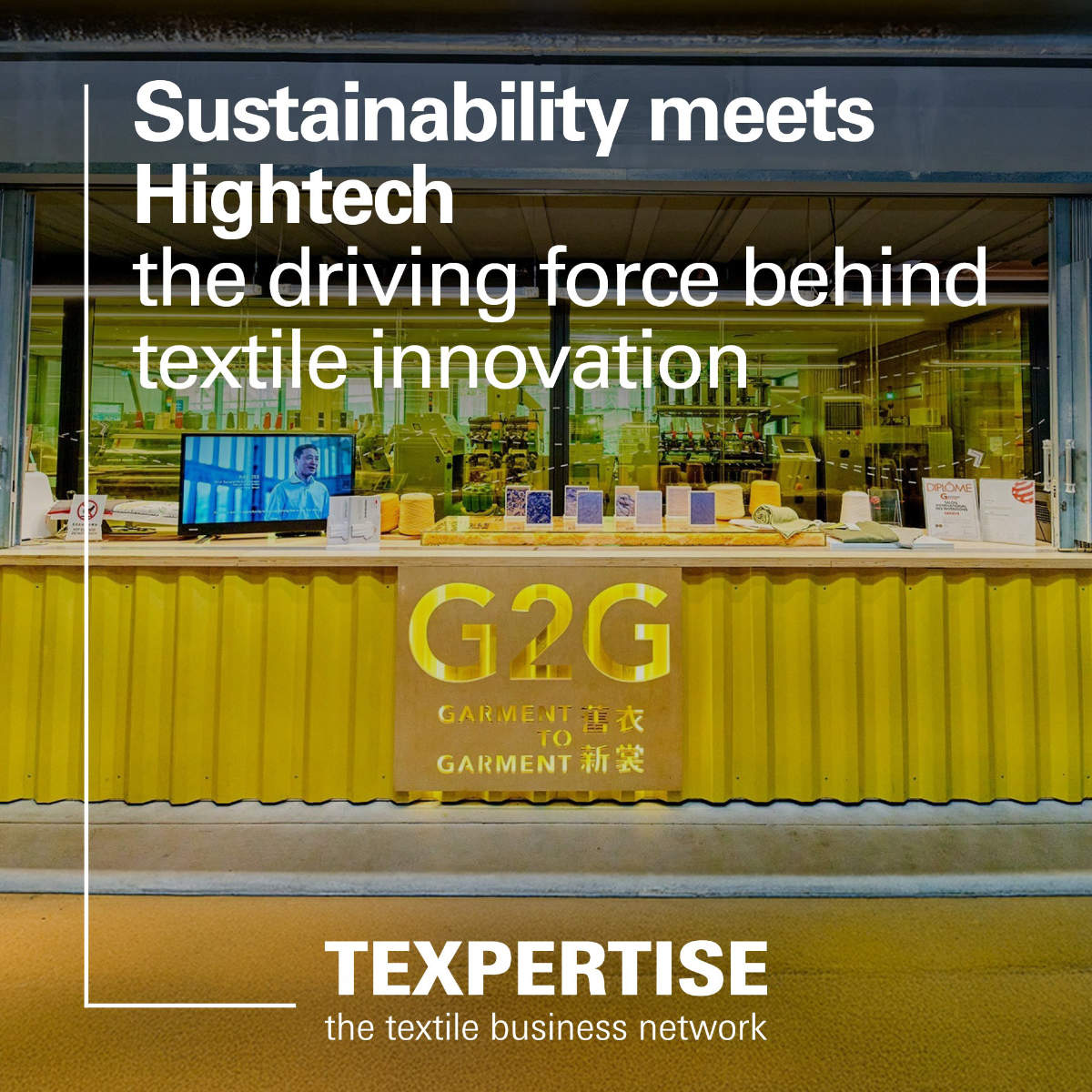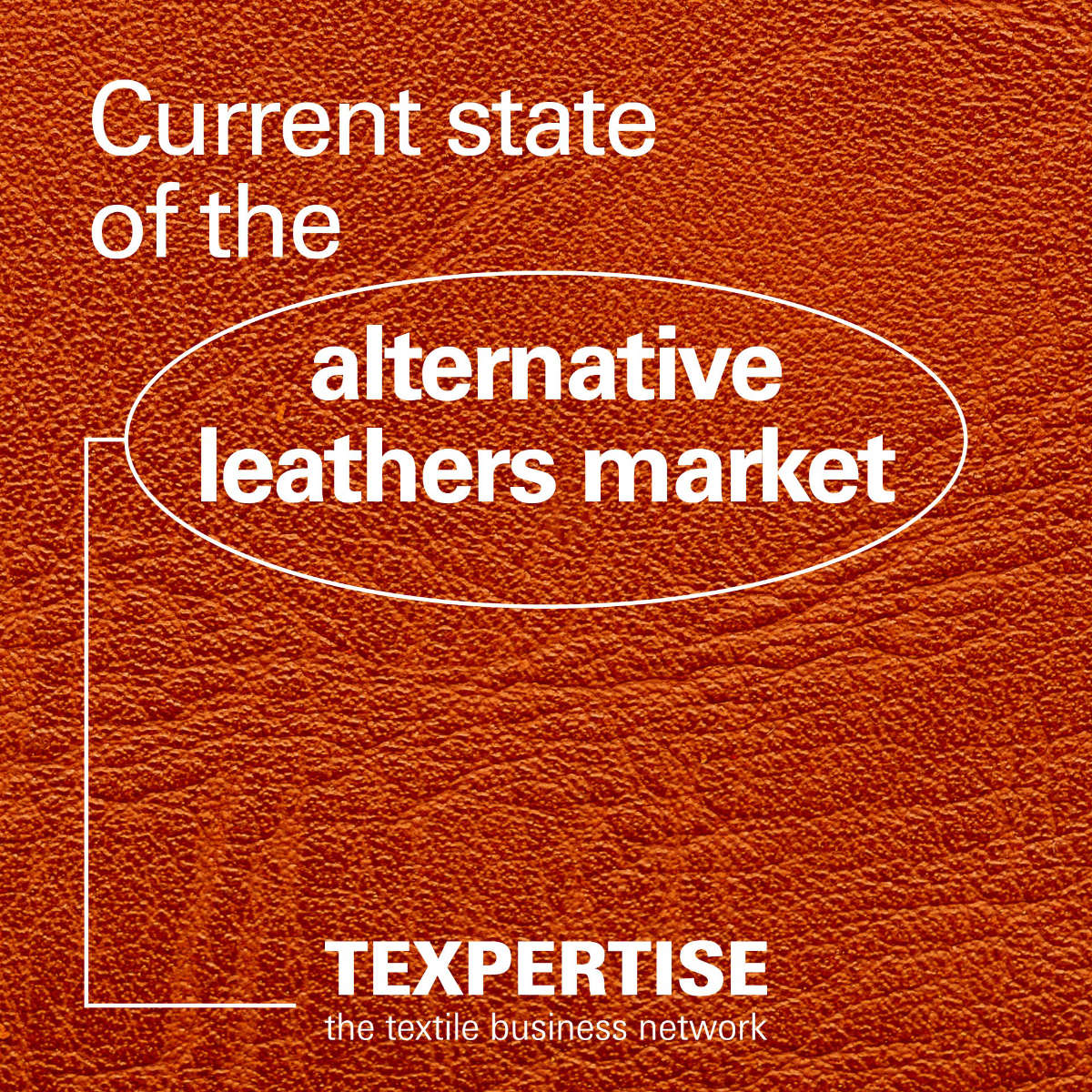Reading time: 3 minutes
Recycling as a response to market and environmental demands
Rising raw material costs, tighter environmental regulations and mounting pressure to reduce CO₂ emissions are challenging textile manufacturers. One promising approach is the integration of recycled materials into industrial processes and products.
This requires not only technological solutions within production, but also the establishment of recycling systems capable of returning raw materials to a functioning circular economy.
Developments in textile recycling
Mechanical recycling continues to play a central role in fibre recovery. At the end of their life cycle, textiles are shredded and reprocessed into new fibres. While the method is relatively simple, quality losses due to fibre shortening are common.
Chemical recycling opens up more possibilities. Processes such as depolymerisation make it possible to recover synthetic fibres. Examples include the start-up re.solution and the Waste4Future initiative by several Fraunhofer Institutes, both working on the efficient reuse of plastic-rich waste. Companies in the Texpertise Network are also actively driving innovation.
For recycled fibres to be used in industrial applications, adapted production processes are needed. Ensuring clean fibre separation is essential for consistent quality. Promising technologies include near-infrared spectroscopy and solvent-based separation.
Use cases for recycled textiles in industry
Recycled fibres are already being used in numerous industrial sectors:
- Automotive (seat covers, airbags, seat belts, textile reinforcements in plastics)
- Construction (geotextiles for drainage, erosion control, soil stabilisation, safety nets)
- Medical (bandages, polyester stents, hygiene textiles, hospital uniforms)
- Environmental protection (wastewater and air filtration, landfill protective fabrics)
This list is growing. Recycled materials offer a sustainable and functional alternative for industrial use – though machines and processes must be adapted to the properties of recycled fibres.
Challenges of recycled fibre integration
Whether recycled fibres can be used at scale in industrial settings depends heavily on circular infrastructure. Key challenges include:
- Loss of quality: Recycled fibres may have lower strength, limiting their use.
- Sorting and collection: Efficient sorting is essential but costly and not yet widespread.
- Economic viability: Recycling processes require major investment, and recycled fibres are not always cheaper than virgin materials.
Regulatory pressure – such as the EU Waste Framework Directive requiring separate textile collection – is driving development. This affects both sorting complexity and the need to increase recovery rates.
Conclusion: recycled fibres gaining relevance in industrial textiles
From automotive to construction and healthcare, textiles are integral to industrial production. As costs rise, regulations tighten, and sustainability goals come into focus, recycled fibres are becoming increasingly attractive. New recycling methods could unlock additional material streams – and help the industry move towards a more resource-efficient future.
FAQ – Frequently asked questions
Which recycled textiles are commonly used in industry?
Typical options include recycled polyester (rPET) from used bottles, reclaimed cotton, and blended fibres from post-consumer or industrial waste.
How do recycled fibres support sustainability?
They reduce the use of virgin raw materials and improve the environmental footprint of textile production – depending on the life cycle impact of the recycling process itself.
Are recycled textiles durable enough for demanding use?
It depends on the recycling method. Plastic granulates can produce high-quality fibres, while mechanically processed natural fibres often lose strength and may be less suitable for high-stress applications.










